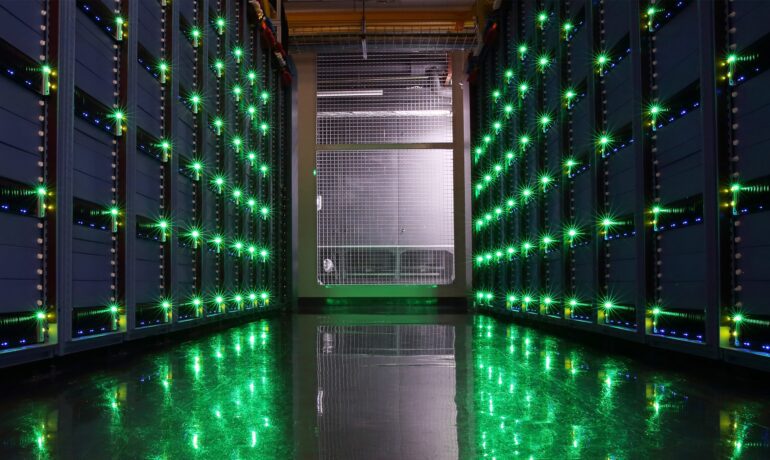- Arm CEO Rene Haas warns of exponential growth in AI datacenters’ electricity consumption.
- AI datacenters currently consume 4% of US electricity; projected to reach 20-25% by 2030.
- Large language models like ChatGPT contribute significantly to escalating energy demands.
- International Energy Agency predicts tenfold increase in global AI datacenter power consumption by 2024.
- Government regulation likely needed to curb datacenter power consumption.
- Ireland faces electricity shortage due to datacenter demand; Amazon Web Services affected.
- Increasing efficiency and expanding capacity are proposed solutions.
- Transitioning to greener energy sources offers hope for sustainability.
Main AI News:
In a stark warning, Arm CEO Rene Haas highlights the potential catastrophic trajectory of AI’s energy consumption. He underscores that unless significant advancements in power efficiency accompany the surge in AI capabilities, datacenters could voraciously devour electricity resources. Presently, AI datacenters in the US account for a modest four percent of total power consumption. However, Haas foresees a staggering increase, projecting usage to soar to 20-25 percent of the US power grid by 2030, as reported by the Wall Street Journal. He attributes this surge, in part, to the insatiable appetite of large language models (LLMs) such as ChatGPT.
This sentiment resonates beyond industry circles. The International Energy Agency’s (IEA) Electricity 2024 report anticipates a tenfold surge in power consumption for AI datacenters globally compared to 2022 levels. One contributing factor is the voracious energy demands of LLMs like ChatGPT, which outstrip those of conventional search engines like Google. The IEA estimates that a single ChatGPT request consumes nearly ten times the energy of a Google search.
If Google were to transition entirely to AI-driven infrastructure, its power requirements would skyrocket, necessitating an additional 10 terawatt-hours (TWh) annually, per the Electricity 2024 report. To curb this exponential rise, governmental intervention in regulating datacenter power consumption appears inevitable.
Evidence of the impending crisis is already manifesting. Ireland, a hub for datacenters, faces the specter of a third of its electricity being devoured by these facilities by 2026. Reports suggest that the strain on Ireland’s power infrastructure is palpable, with Amazon Web Service servers experiencing constraints due to power limitations.
Addressing this crisis demands a multi-faceted approach. Haas proposes enhancing efficiency, an endeavor fraught with challenges given the non-negotiable need for performance. However, merely improving efficiency may not lead to a reduction in electricity usage, as the saved energy might fuel an expansion in computing capacity.
For industry giants like Amazon, the solution lies in augmenting capacity. The recent acquisition of a nuclear-powered datacenter in Pennsylvania exemplifies this strategy. While the escalating power consumption presents significant challenges, it also offers an opportunity to transition towards greener energy sources. Despite the formidable hurdles, this shift holds the promise of a more sustainable future for AI infrastructure.
Conclusion:
The surge in AI datacenter power consumption poses significant challenges for the market. Industry players must prioritize efficiency improvements and capacity expansion to mitigate the impending crisis. Government intervention and a shift towards greener energy sources are imperative for ensuring the long-term sustainability of AI infrastructure and the broader market ecosystem.

